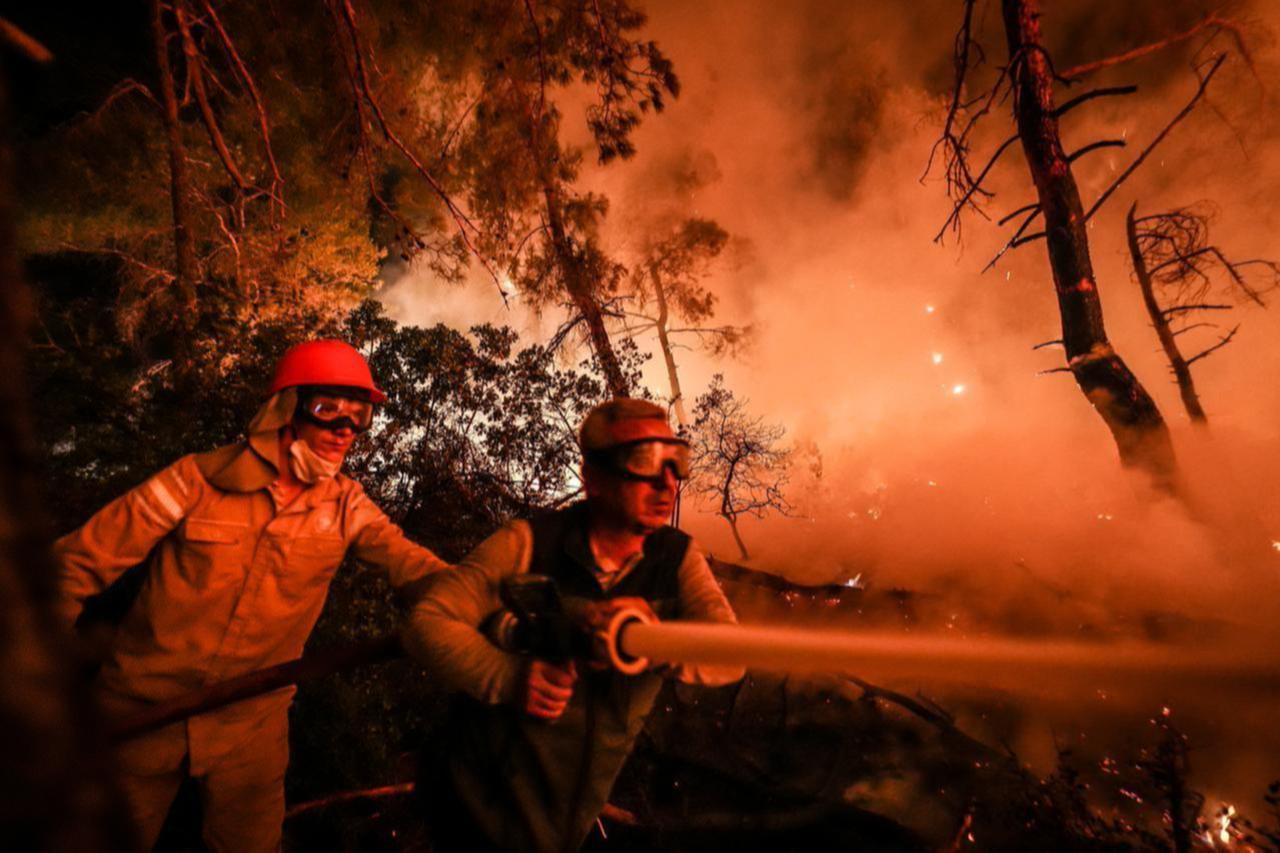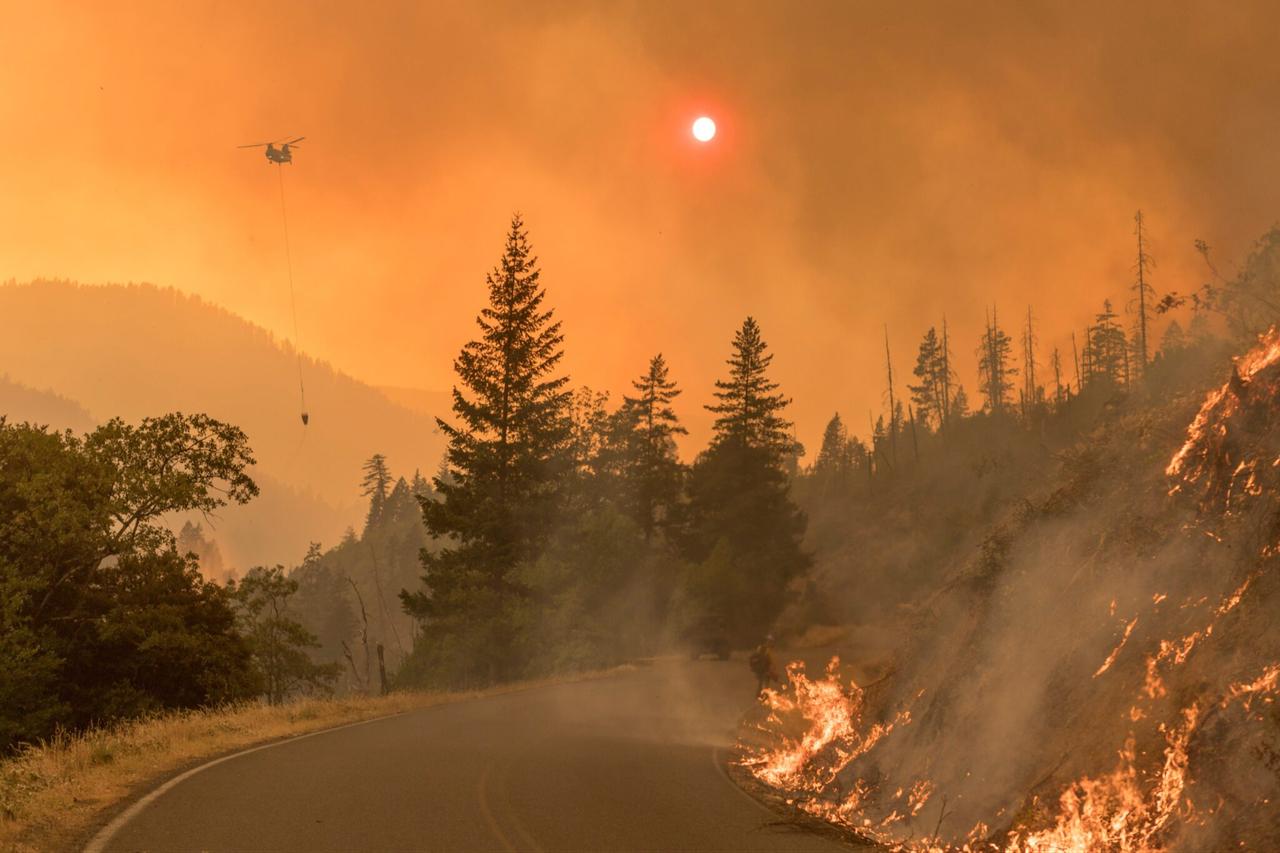
Deaths tied to extreme heat and wildfire smoke have climbed sharply as climate change accelerates, according to the Lancet Countdown on Health and Climate Change, a long-running research collaboration that tracks how a warming planet affects human health. Researchers report that heat-related deaths are up 23% since the 1990s and now total an estimated 546,000 annually. In 2024 alone, smoke from wildfires was linked to a record 154,000 deaths worldwide.
Air pollution from burning fossil fuels—such as gasoline and coal—accounts for a further 2.5 million deaths each year. Heat waves—defined as prolonged spells of unusually hot weather—now expose the average person to 16 extra risky days compared with past norms, the report notes.
“The report paints a bleak and undeniable picture … with record-breaking threats to health from heat, extreme weather events and wildfire smoke killing millions,” said Marina Romanello, the report’s executive director. She added: “The destruction to lives and livelihoods will continue to escalate until we end our fossil fuel addiction and dramatically up our game to adapt.”
Americans experienced an average of 14 heat wave days in 2024, and the analysis says 10 of those days would not be expected without climate change.
Wildfire smoke was particularly deadly in the U.S., where an estimated 11,500 deaths occurred—49% above the 2003–2012 average.

Droughts and heat waves also undermined food security. In 2023, around 123 million more people faced moderate or severe food insecurity compared with the 1981–2010 annual global average.
In the U.S., nearly one-third of land (31%) saw at least one month of extreme drought each year between 2020 and 2024, a 28% rise over the 1950s baseline.
Despite escalating health risks, the report says major energy producers and lenders are leaning into fossil fuels. The world’s 100 largest oil and gas companies increased projected output as of March 2025, while the top 40 lenders to the sector put $611 billion into fossil projects in 2024—up 29% year on year.
“If we remain locked into fossil fuel dependence, health systems, cooling infrastructure, and disaster response capacities will soon be overwhelmed—putting the health and lives of the world’s 8 billion people further at risk,” said Nadia Ameli of University College London.
Researchers identify 2024 as the hottest year on record, with people worldwide exposed to an unprecedented number of health-threatening hot days. The Lancet Countdown also documents 2024 as the warmest year globally, reinforcing this trend.